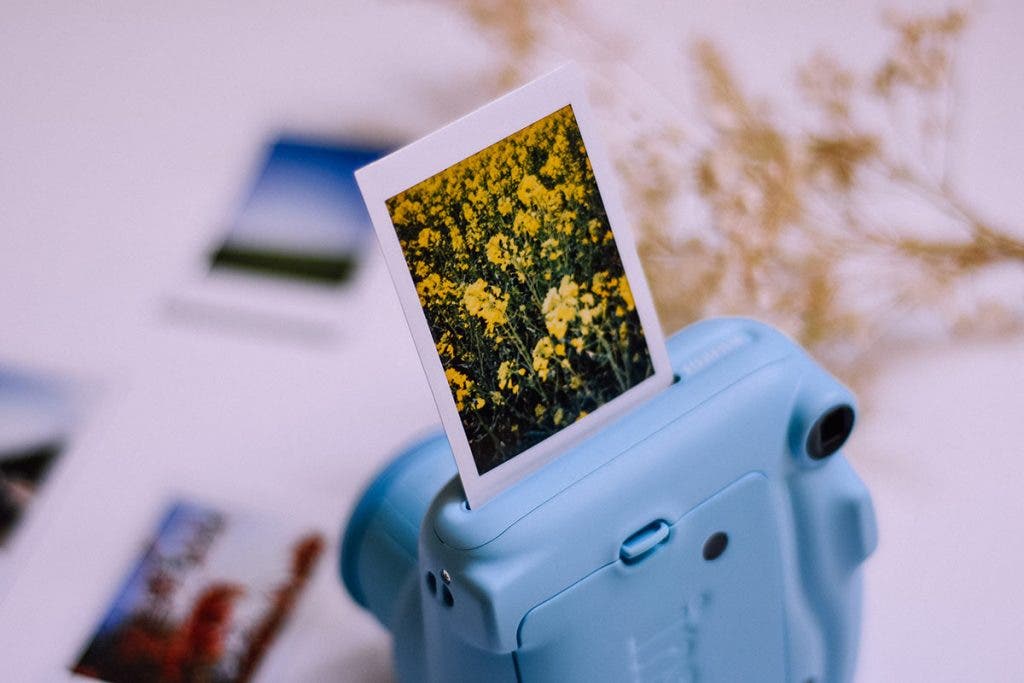Mastering How to Use Instant Camera: A Guide for Professionals
In the age of digital photography, instant cameras have carved out a nostalgic niche that's irresistible for many professional photographers. From the iconic Polaroids of yesteryear to modern innovations like the Fujifilm Instax, instant cameras offer a unique blend of instant gratification and creative possibilities that can't be matched with digital devices. This comprehensive guide aims to teach you everything you need to know about how to use an instant camera, ensuring you can take full advantage of its artistic and functional potential.

Understanding the Mechanics of Instant Cameras
Before we dive into the practical aspects of using an instant camera, it's crucial to understand its basic mechanics. Essentially, an instant camera is a type of analog camera designed to develop film shortly after taking a photograph.
The Role of Film
The film is a key component in the instant camera experience. Unlike traditional rolls of film, instant films contain chemicals that develop the photograph almost instantly when exposed to light and heat. If you're familiar with action cameras, you'll find some overlap in understanding the importance of film quality and storage.
The Camera Lens
An instant camera's lens is crucial for focusing light and capturing detailed, high-quality images. Similar to digital counterparts, these lenses have varying apertures and focal lengths, allowing for a range of photographic styles.

Choosing the Right Instant Camera
Your choice of instant camera will significantly influence your experience. Brands like Polaroid, Fujifilm Instax, and Lomography offer diverse models suited for different needs. The following factors should guide your decision:
Camera Size and Weight
Portability is often a key consideration. Smaller, lighter cameras are more convenient but may have fewer features. Our guide on mounting cameras can give you an idea of how size and weight affect usability.
Film Compatibility
Different cameras use different types of film. Make sure the camera you choose works with film that's readily available and meets your creative needs.
Tips for Capturing the Perfect Shot
Mastering the use of an instant camera isn't just about understanding its mechanics; it's about honing your photography skills to make the most of the medium.
Lighting and Exposure
Lighting can make or break a shot. Instant films are typically less forgiving than digital sensors, so always aim for well-lit environments. Check out troubleshooting tips if your shots aren't turning out as expected.
Composition Techniques
Just like with traditional photography, the rule of thirds and leading lines can help enhance your compositions. Experiment with different perspectives to bring out the best in your subjects.
Experiment with Film Types
Different films offer different color balances, contrasts, and textures. Don't hesitate to experiment to find the best match for your artistic vision.

Maintenance and Care
Regular maintenance is crucial for the longevity of your instant camera. Always store your camera in a cool, dry place and avoid exposure to extreme temperatures. Make sure to clean the lens regularly to maintain image quality.
Film Storage
Instant films are sensitive to light and temperature. Store them in a cool, dark place to maintain their quality over time.
FAQ
Q: Can instant cameras take high-quality photos?
A: Yes, with the right technique and good lighting, instant cameras can produce stunning photographs.
Q: How do I fix blurry photos?
A: Ensure your camera is correctly focused before taking a shot. Consider using a tripod for added stability.
Q: What type of film should I use?
A: The type of film you use will depend on your camera model and your photographic preferences. Experiment with different types to find what works best for you.
For further reading on getting started with instant cameras, visit this guide by PCMag.
As an Amazon Associate, I earn from qualifying purchases.
As an Amazon Associate, I earn from qualifying purchases.

